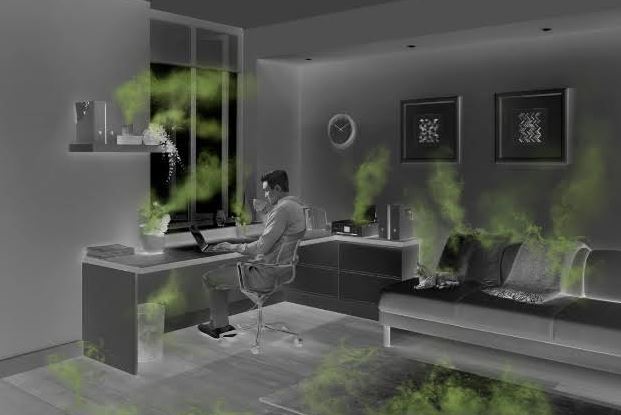
Hyderabad, 22nd February 2024 As the vibrant hues of winter fade away, Hyderabad welcomes the gentle breeze of spring, heralding the arrival of a new season. With the changing landscape comes an increase in pollen, subtly announcing the transition from one phase to another. While February might not mark the peak of pollen season in Hyderabad, it certainly serves as the prelude to nature’s annual symphony of blooming flowers and swaying trees. With the city’s mix of life and green spaces like parks, pollen from various flowers becomes more noticeable. As the days grow warmer and longer, pollen finds its way into every nook and cranny, posing a formidable challenge for those plagued by allergies.
In India, approximately 20 – 30% of the total population, suffer from at least one allergic disease and out of this, about 15% develop Asthma. Globally, having an allergy to pollen (also commonly known as hay fever) is one of the 10 most common allergies.
But what is an allergy? It is a condition where the body’s immune system overreacts to a substance that is not typically harmful to your body. Substances that cause allergic reactions are called allergens.
Joanne Kang, Lead Research Scientist at Dyson, says:
“If your flare-ups of constant sneezing, a runny nose, watery eyes, and an itchy throat can be tied to certain seasons of the year, you potentially have a pollen allergy or sensitivity. It is a common misconception that the pollen season falls in spring. However, depending on your location and climate, different plants thrive and pollinate during different seasons and for varying durations. Hence, pollen can still be present all year round.”
While symptoms can be managed medically, understanding your allergy triggers enables you to better anticipate your allergy flare-ups and take precautions when necessary.
Anticipate allergy flare-ups
Different types of pollen trigger reactions for different people – some people are allergic to tree pollen which is common in spring; others have a problem with grass pollen which is more of a summertime issue, while others have trouble with weed pollen which is common in the fall mid-September, when pollen levels peak, is particularly bad.
Look for potential triggers in your home
With pollen spores being as small and lightweight as they are, and with the continuous air exchange between the indoor and outdoor environment, it is inevitable that outdoor dust particles such as pollen can be found in the house. Pollen particles can stick to one’s hair, clothes, and even pets and be brought into the home.
Stick to the cleaning routine
While most people clean their homes regularly, it is important to vacuum beyond just the floors. Pollen particles are extremely small and lightweight, meaning they can become airborne. Open windows mean airborne pollen can enter the home and stick to surfaces including window ledges and curtains. Soft furnishings, fabric covers, pillows, mattresses, sofas, and carpets amongst others can harbor pollen for months and impact one’s health and well-being even outside the peak pollen season.
The best way to reduce pollen allergy symptoms is to minimize your exposure to pollen allergens. Vacuuming different surfaces in the home with a particular focus on upholstery and other neglected spots in the home regularly minimizes your exposure to pollen in the home.
It is also recommended to vacuum in the absence of allergy sufferers and to use an air purifier to eliminate airborne pollen and allergens in the home Dyson’s latest range of Air purifiers are designed to capture a wide range of pollutants and allergens, including the smallest particles that can cause pollen allergies.
